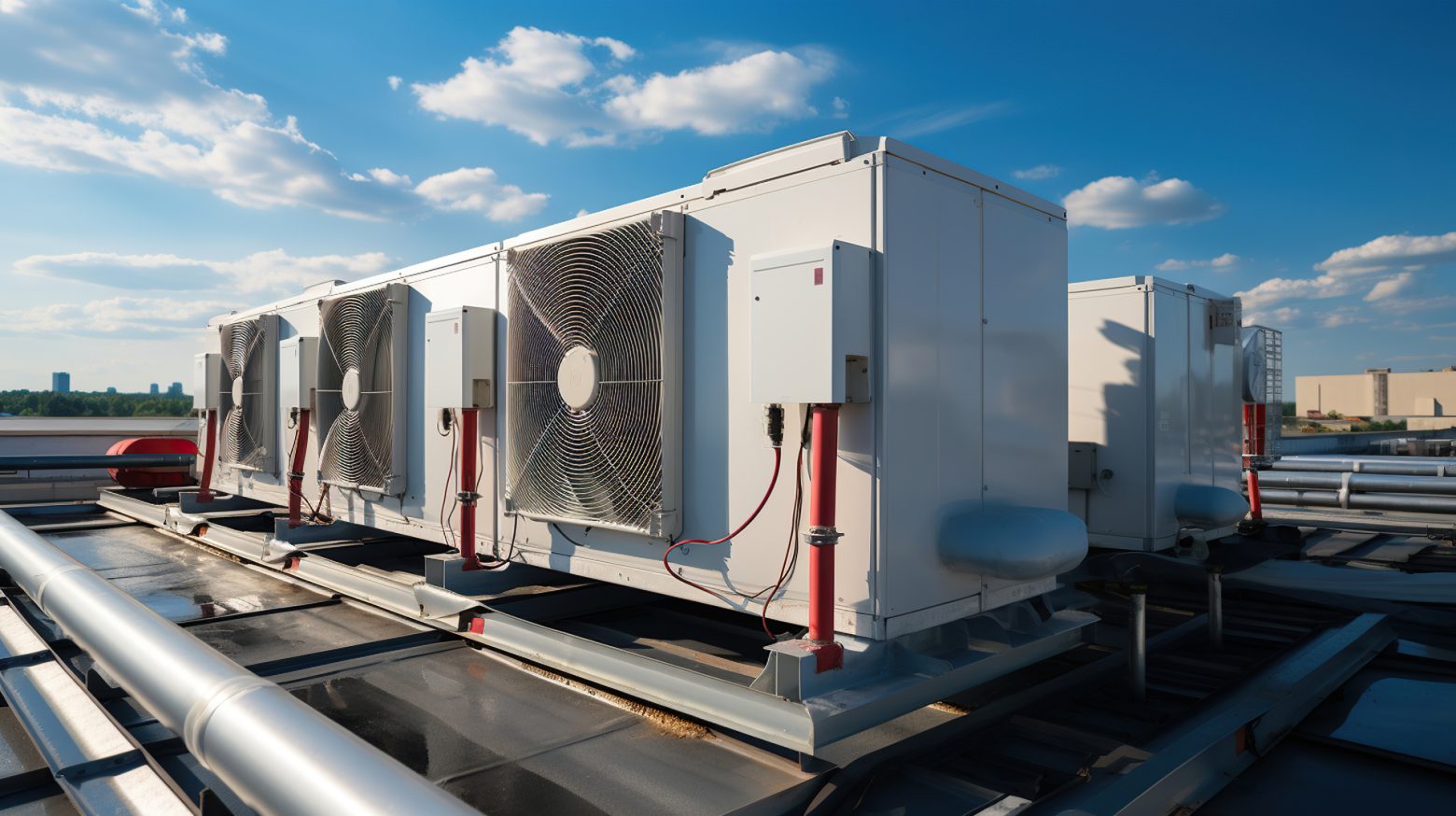Steam System is an energy source commonly employed in industrial settings. It heats, dries, separates products, and drives machinery.
Conserving steam energy can be a cost-effective way to save money. These savings, particularly in large industrial facilities, can be substantial.
1. Improve Boiler Efficiency
Boilers are the primary heat-producing equipment in industrial facilities. They produce steam or hot water – or both – for use as process heating or comfort heating systems.
Boiler systems must maintain feedwater temperatures between 80-85 degrees C to maximize efficiency. Lowering this temperature causes production of steam to take longer, fuel consumption will rise, and overall efficiency will suffer as a result.
Flue gas economizers can capture and transfer the exhaust heat of combustion gases to prewarm incoming boiler feedwater, significantly improving boiler efficiency.
When sizing a plant’s boiler system, consider both current and anticipated heating and process steam needs. A plant may also have opportunities to improve energy efficiency by cascading heat from one part of the system to another. You can also know about lò hơi và thiết bị lò hơi.
Thermal efficiency refers to a boiler’s ability to transfer heat from its burner to water in the boiler tank. Soot and scale accumulation inside tubes reduces this efficiency.
2. Reduce Heat Loss from Steam Lines
Steam lines are essential components of any steam system, yet they can also be a source of heat loss. Insulation can reduce these losses in steam distribution and condensate return piping by up to 90%, saving plant owners money in the process.
To effectively prevent heat transfer between steam pipe surfaces and valves and flanges, it’s essential to insulate them with proper insulation. This can often be accomplished with a blanket or sheet of foam; alternatively, custom-fitted thermal insulation systems allow for quick removal and replacement during inspections or service calls.
It is essential to properly vent air from the steam line during startup in order to eliminate non-condensable gases that will accumulate in the system. This requires either a drain valve off of the drip pocket on the steam line or manual air-venting valve at the top of the line. Know more about Bảo toàn năng lượng và thiết bị trao đổi nhiệt visit DigiNexus Academy.
3. Upgrade Boiler Combustion
Boilers typically are designed for a particular fuel type, but haven’t been modified to optimize combustion. By performing annual maintenance and tune-ups on components like the burner, air damper, gas valve and fuel oil valve in place, you can improve combustion efficiency significantly.
Once a periodic combustion analysis is performed, your technician can make necessary adjustments to the fuel/air ratio based on flue gas temperature and composition. This reduces the amount of excess air entering the boiler to maximize fuel-to-steam combustion efficiency and avoid pollution, soot or potentially explosive gases.
In addition to excess air, there are other factors that reduce boiler combustion efficiency. The most prevalent is the amount of unburned carbon (CO, CO2, H2) present in the flue gas. Other losses include stack heat loss, radiation and convection to surfaces adjacent to the boiler.
4. Improve Steam Distribution
Steam distribution is an essential element of the energy system. It transports heat energy from boilers to plant systems.
Energy can be utilized for running equipment, processing chemicals and producing a wide variety of products. This is crucial for industries such as chemicals, food processors, steel mills and petroleum refining.
Steam distribution performance can be optimized through a systems approach to analysis that takes into account both supply and demand sides of the system.
One common steam system issue is sagging pipes due to lack of support. This can lead to water accumulation at the lowest point in the system, leading to water hammer and poorer steam quality.
Low steam quality can create issues in both the steam distribution system and its consumers, so maintaining an accurate dryness fraction is vital. Endress+Hauser Prowirl, for example, ensures that only clean, dry steam is delivered to boilers and plants that require it.





